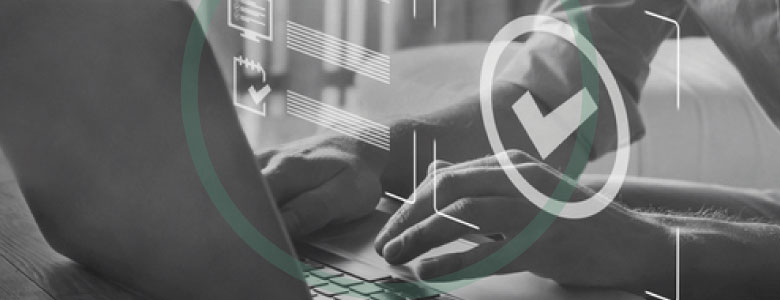It’s obvious that natural disasters demand comprehensive cooperation. Federal, state and local governments, not-for-profit and commercial businesses, and individuals must all do their part to minimize loss of life, loss of property, and damage to the environment.
Yet how often do we see gaps in response, or even gaffes in response, by those we expect to be responsible?
The fires in Australia are the most recent example. Thankfully, they now seem to be extinguished. But what damage have they wrought? What have we learned? Specifically, what has your company, your brand, learned?
WHEN THE SHIT HITS THE FAN
Ask yourself—were you prepared? Did your brand engagement strategy include disaster response? Disasters of this scale, sadly, will become more commonplace. All businesses need to be prepared to respond.
Everyone understands businesses have to make money, but actions in relation to a disaster need to be done strategically and sensitively. The best organisations know that their response needs to be sensitive to the prevailing mindset, as well as on brand. For those who get it right it’s a win-win situation, while getting things wrong can do a lot of brand damage, such as being accused of being tone deaf.
Coca-Cola launched an edition of cans honouring Firies (firefighters) for their courageous efforts, as well as working with local bottlers and other stakeholders to wipe their bills. Some telcos and energy companies also wiped bills in effected areas. And some Australian banks, who took a brand hit with the Royal Commission, have won goodwill with bushfire assistance.
DOING DISASTERS DIFFERENTLY
Renae Hanvin is CEO of Corporate2Community, which works with various stakeholders in the area of natural disasters to make them more resilient for better outcomes.
She says preparedness is essential, but the exception. She recently talked to leaders of thirty organisations and only two had disaster plans in place.
‘Most plans are reactive, and reactive engagement is really hard to make your brand values—to be on brand’, Hanvin told me.
But even having a plan isn’t enough. A plan created years ago that sits in a drawer or on a flash drive somewhere may be forgotten or hard to find. Hanvin says you need to integrate your plan into your daily business by communicating with those stakeholders who can increase your sales, those who can be advocates, and those you can learn from, such as competitors.
And you need to ask questions. What happens if a virus like the Corona virus hits half your workforce? What happens if you lose electricity for five days? You can integrate solutions now, such as implementing work-from-home guidelines, or buying a generator.
And you can help. Which isn’t just about donating money. If you’re a small business, you’re probably squeezed yourself during a disaster. But you can help in other ways. As one example, Corporate2Community matched a social media agency with a hostel affected by the fires to promote them so they could start attracting guests again.
Richard Branson said, ‘Doing good is good for business.’
And lastly, but no less important, build social capital. ‘Connected communities are more resilient than affluent communities. You can have a lot of money but not know who you’re neighbors are, and you’ll be impacted way more than if you have less money but you know who your neighbors are and are connected to them.’
This blog post was inspired by an interview between Darren Taylor and Renae Hanvin on Rebranding Branding - Discover your brand mojo podcast. If you would like to hear the interview, listen or subscribe here.






